
Example of how wellbeing measures can be used for tracking an individual or group progress within the Five Domains of Wellbeing.
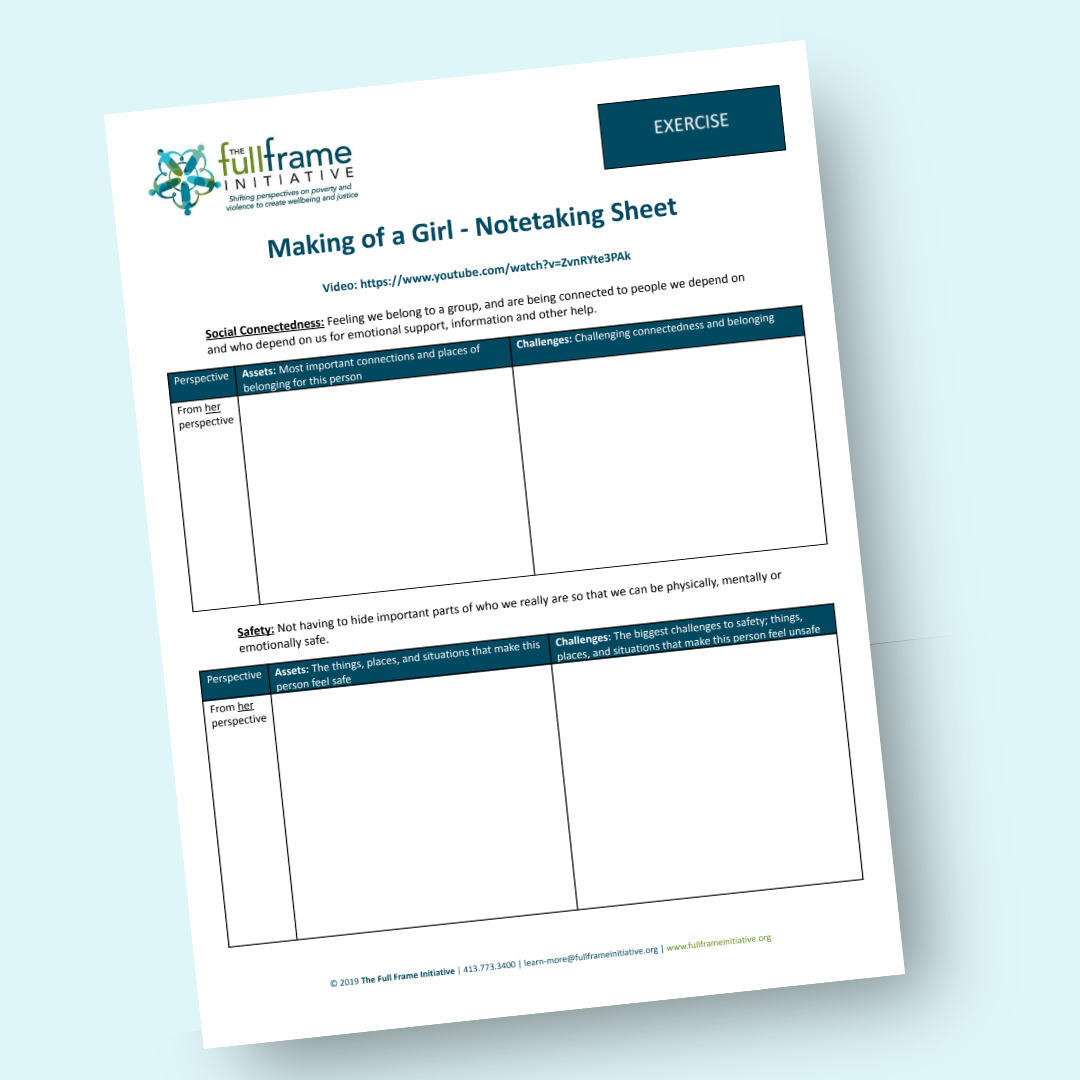
This is an exercise for practicing how to listen for wellbeing and tradeoffs in everyday conversations and/or interviews.
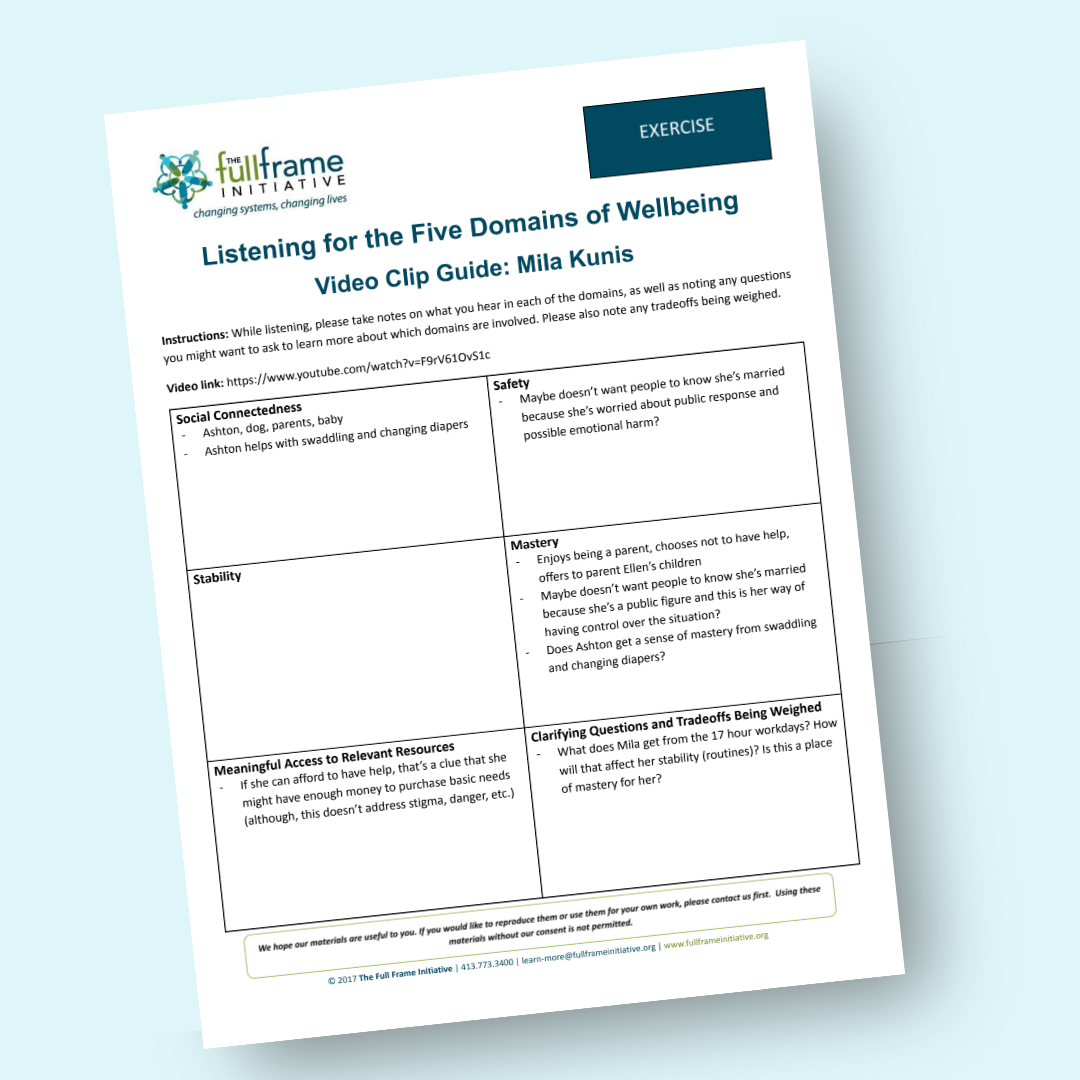
This is an exercise for practicing how to listen for wellbeing in everyday conversation, using a video clip of Mila Kunis.
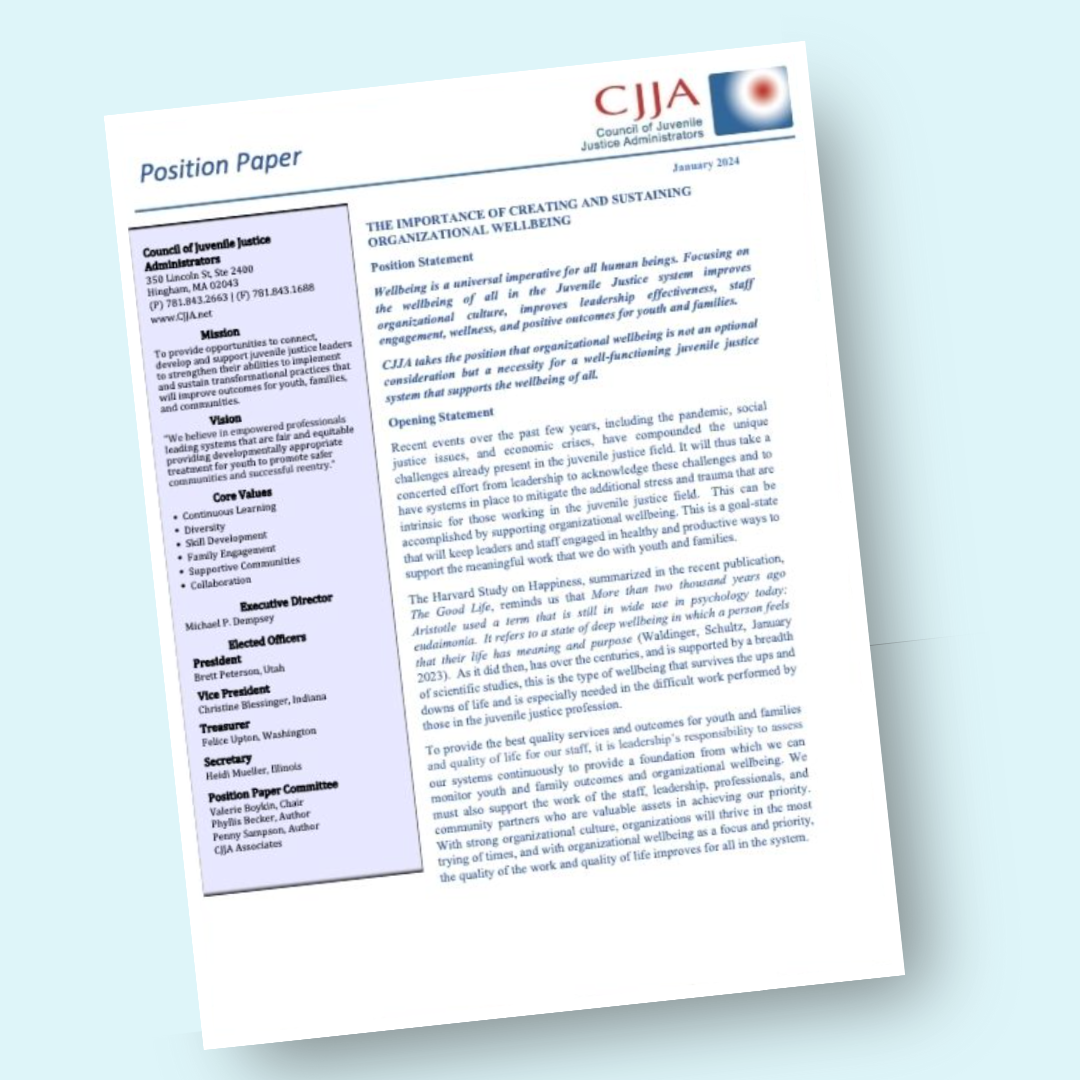
The Council for Juvenile Justice Administrators published a position paper with guidance on how to apply a wellbeing framework to juvenile justice.
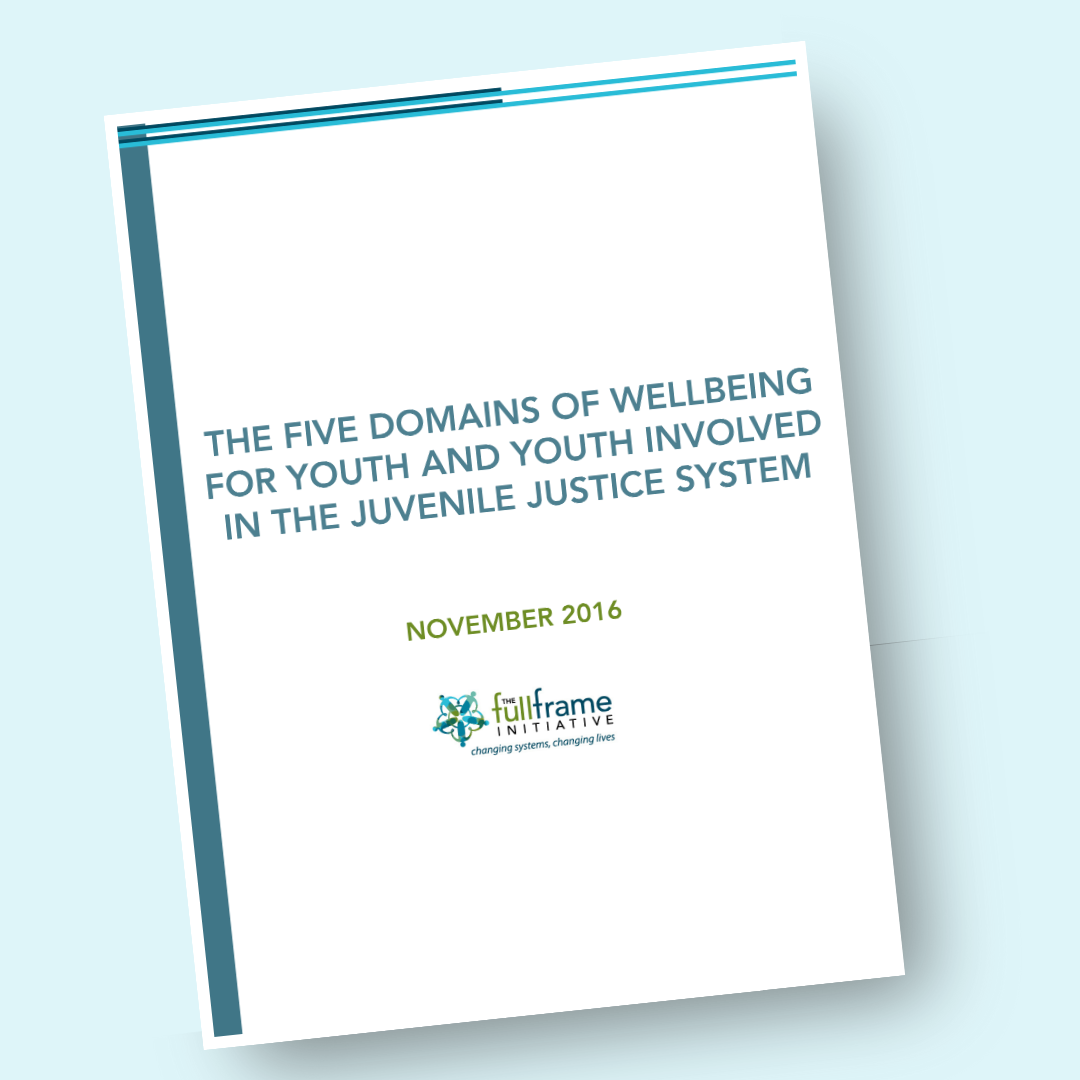
This resource provides guidance for anyone engaging with and advocating for youth, with specific guidance for juvenile justice staff who wish to reinforce existing and develop new practices and systems that support wellbeing.

This tool provides a list of questions to consider when collecting program data, either required by the program itself or by a funder.
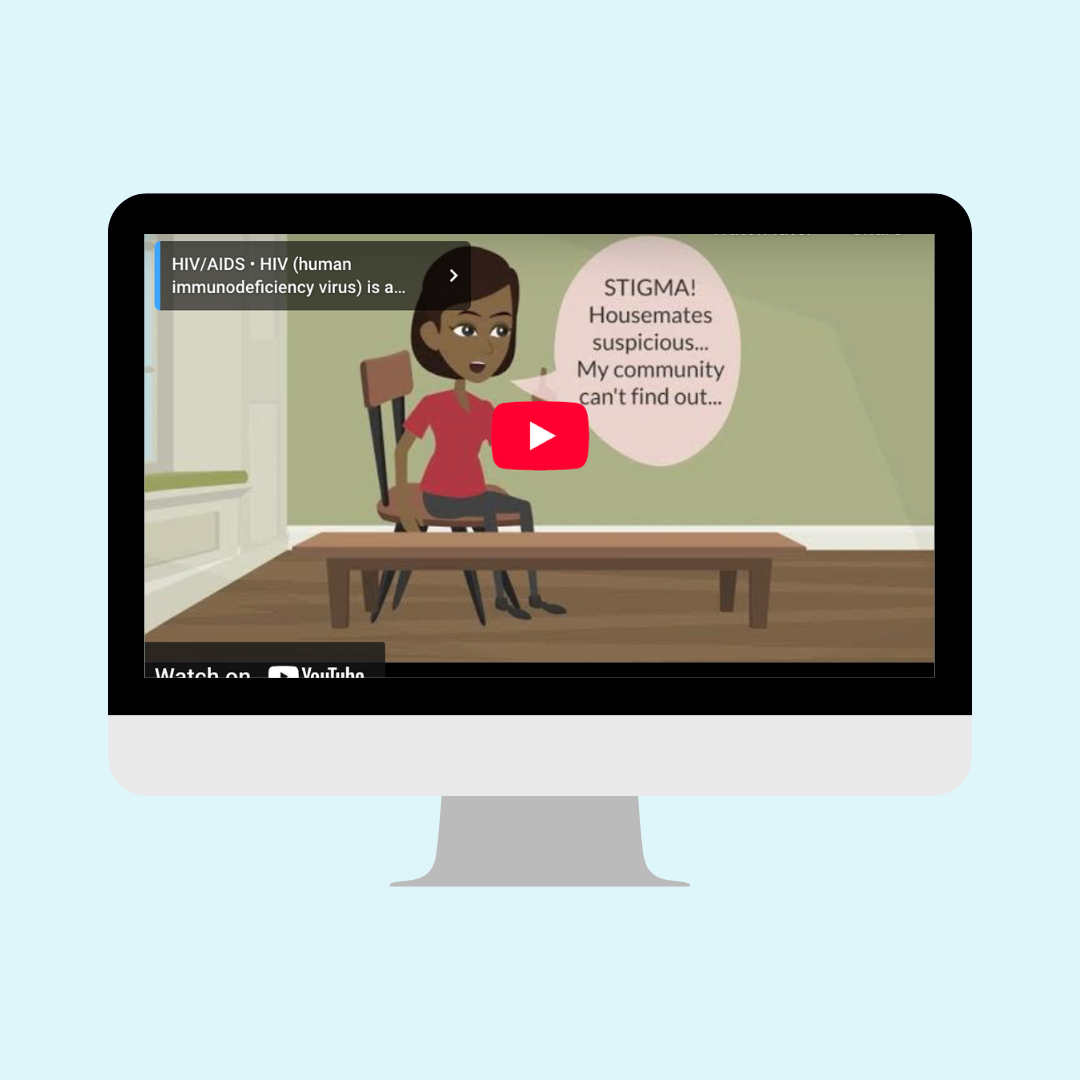
We believe paying attention to the wellbeing of the people, families and communities we work with leads to improved health outcomes – not the reverse. Maxine's story demonstrates the reasons why.
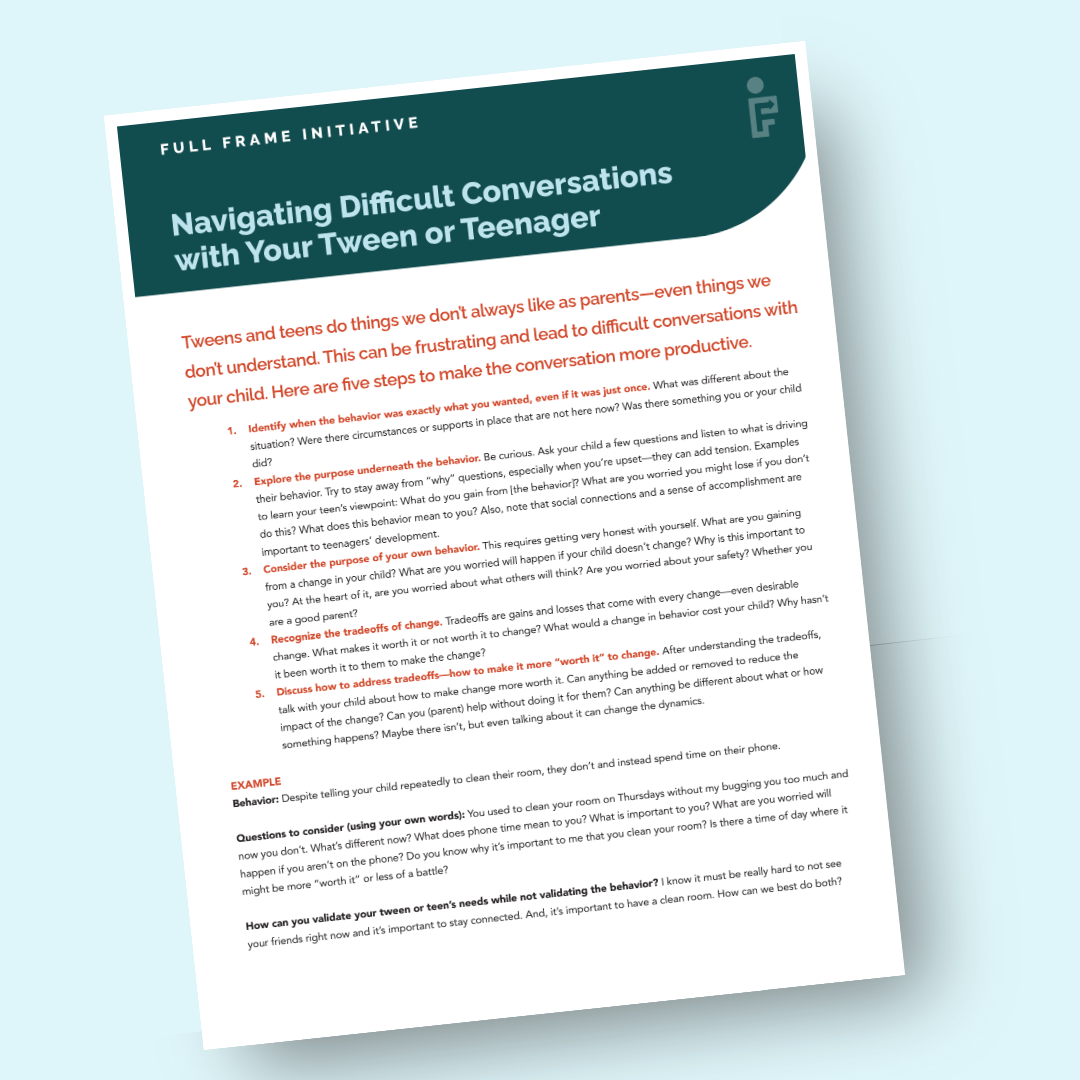
Like us, tweens and tweens' behavior is driven by meeting needs for wellbeing.
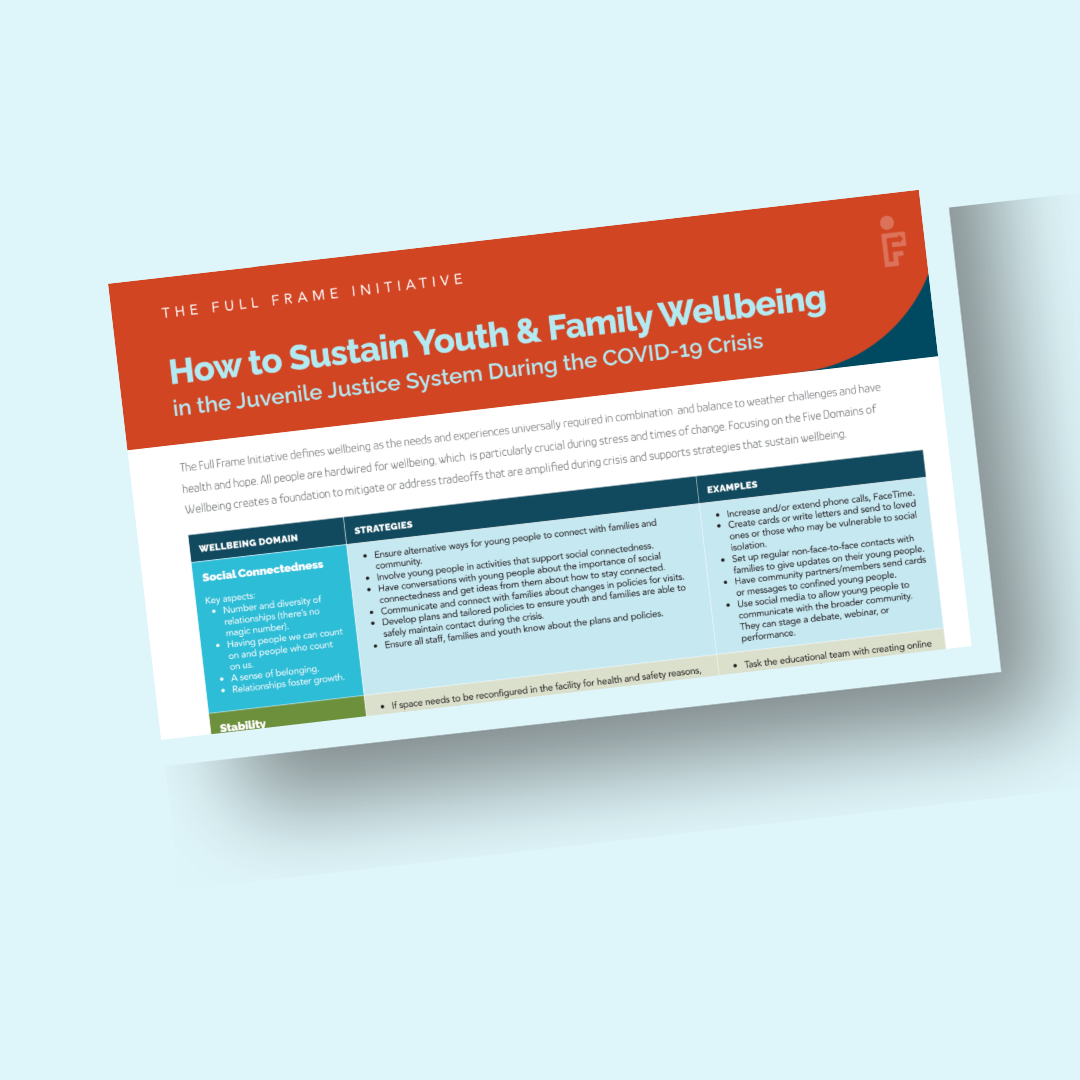
Young people in the juvenile justice system face unique challenges with the COVID-19 crisis.
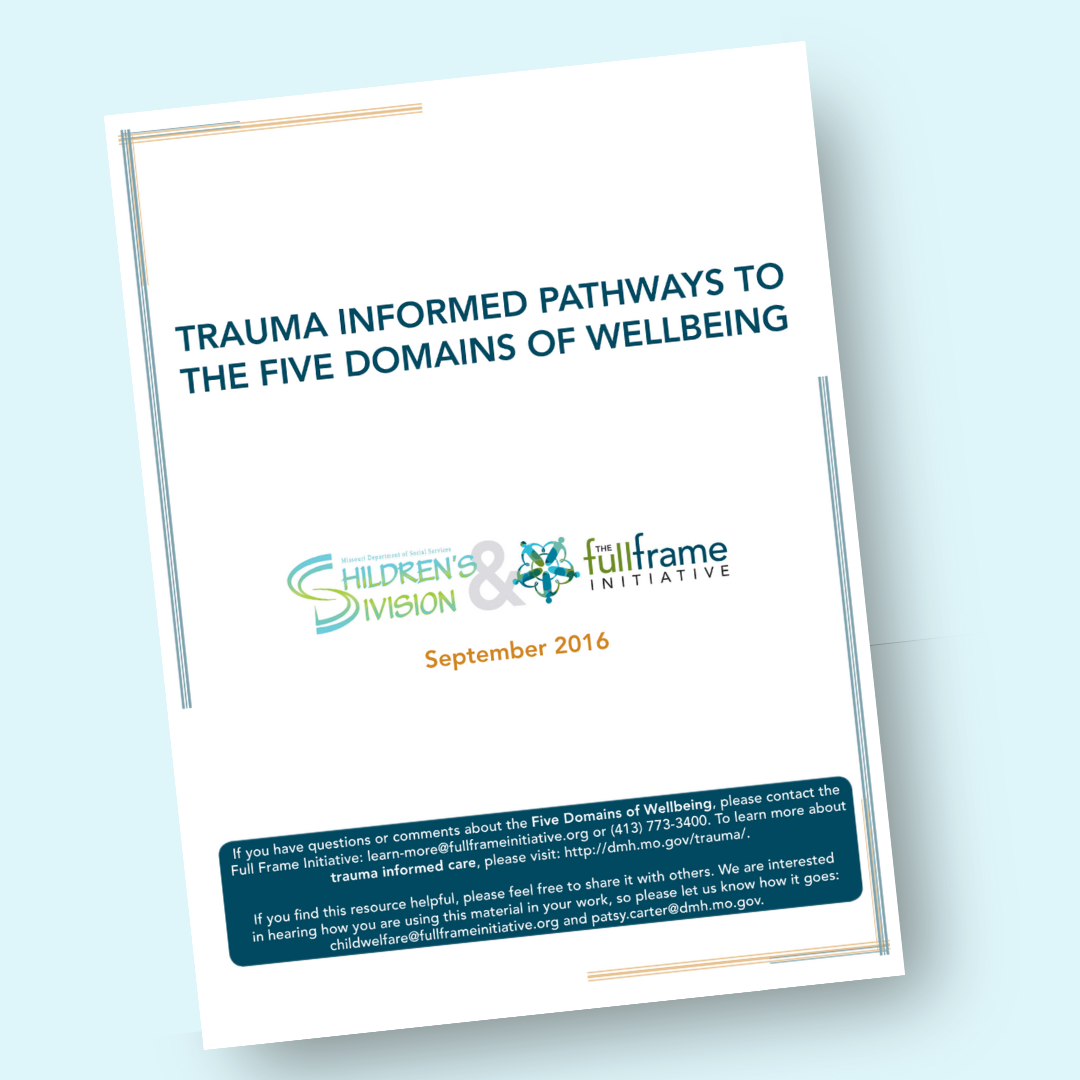
A collaboration with our partners at Missouri's Department of Mental Health and Department of Social Services, this resource integrates a trauma informed framework with the Five Domains of Wellbeing framework so that children and families are safe, happy and able to take new, meaningful steps.
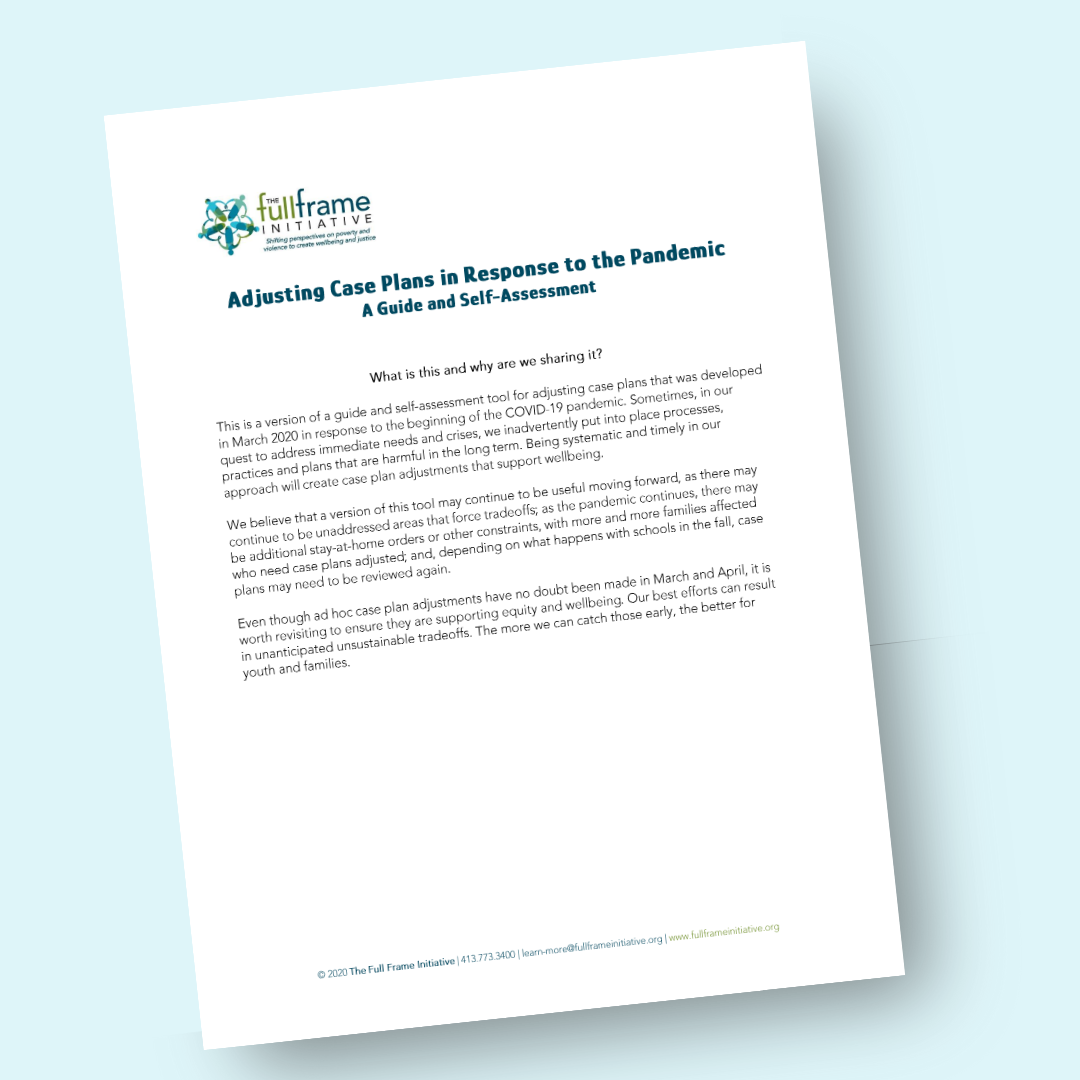
This guide and self-assessment tool for adjusting case plans was developed in March 2020 in response to the beginning of the COVID-19 pandemic.